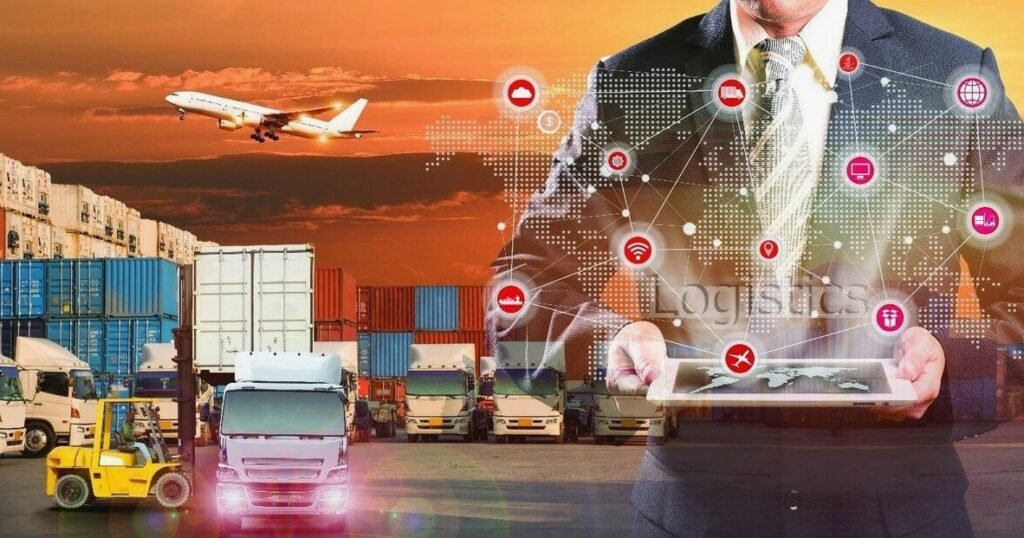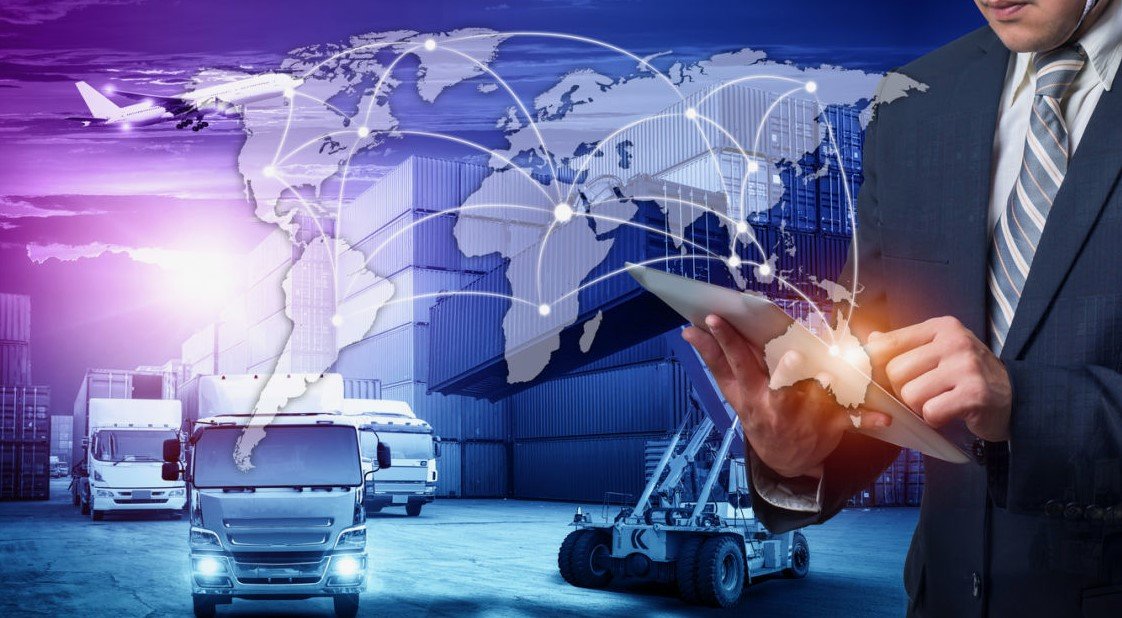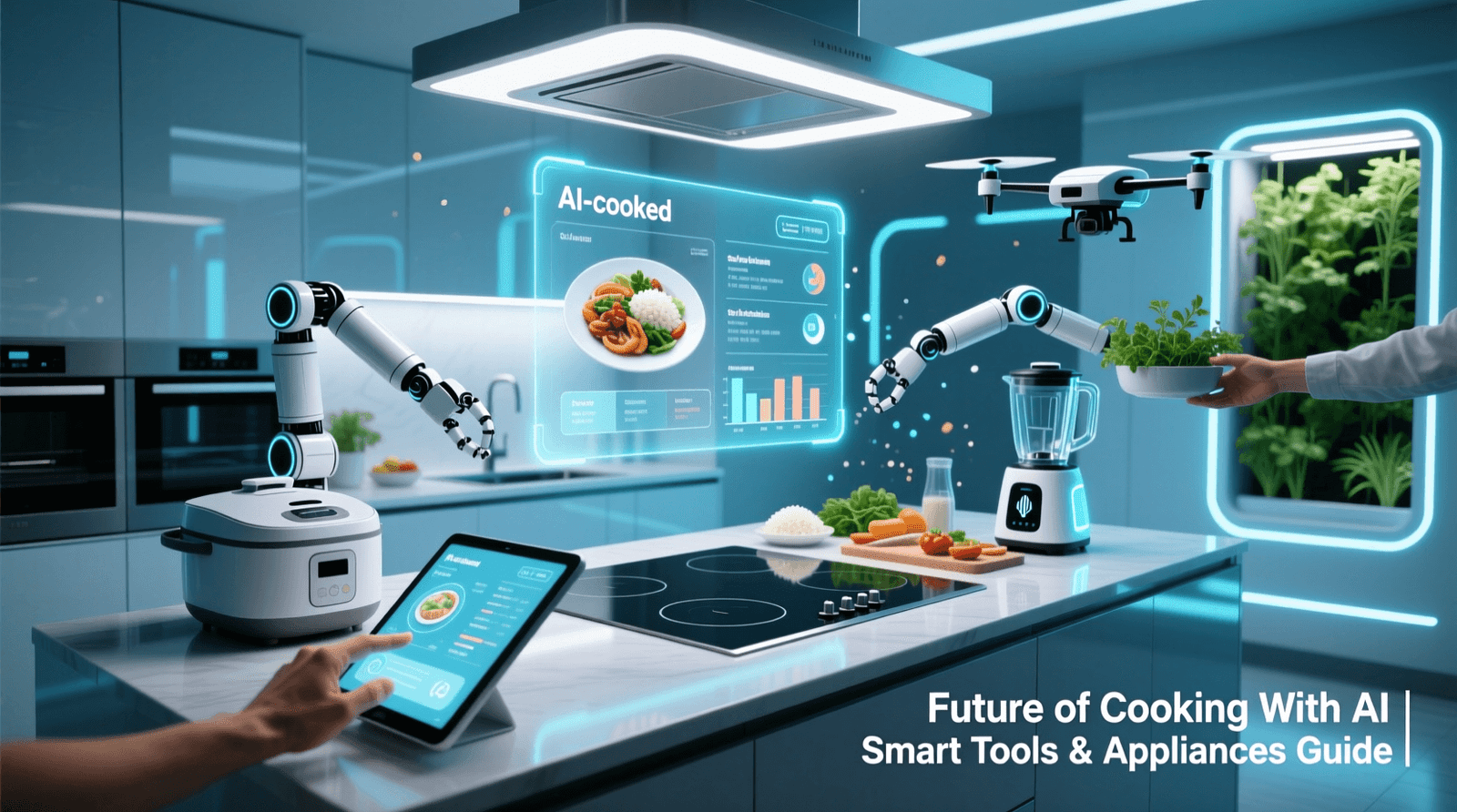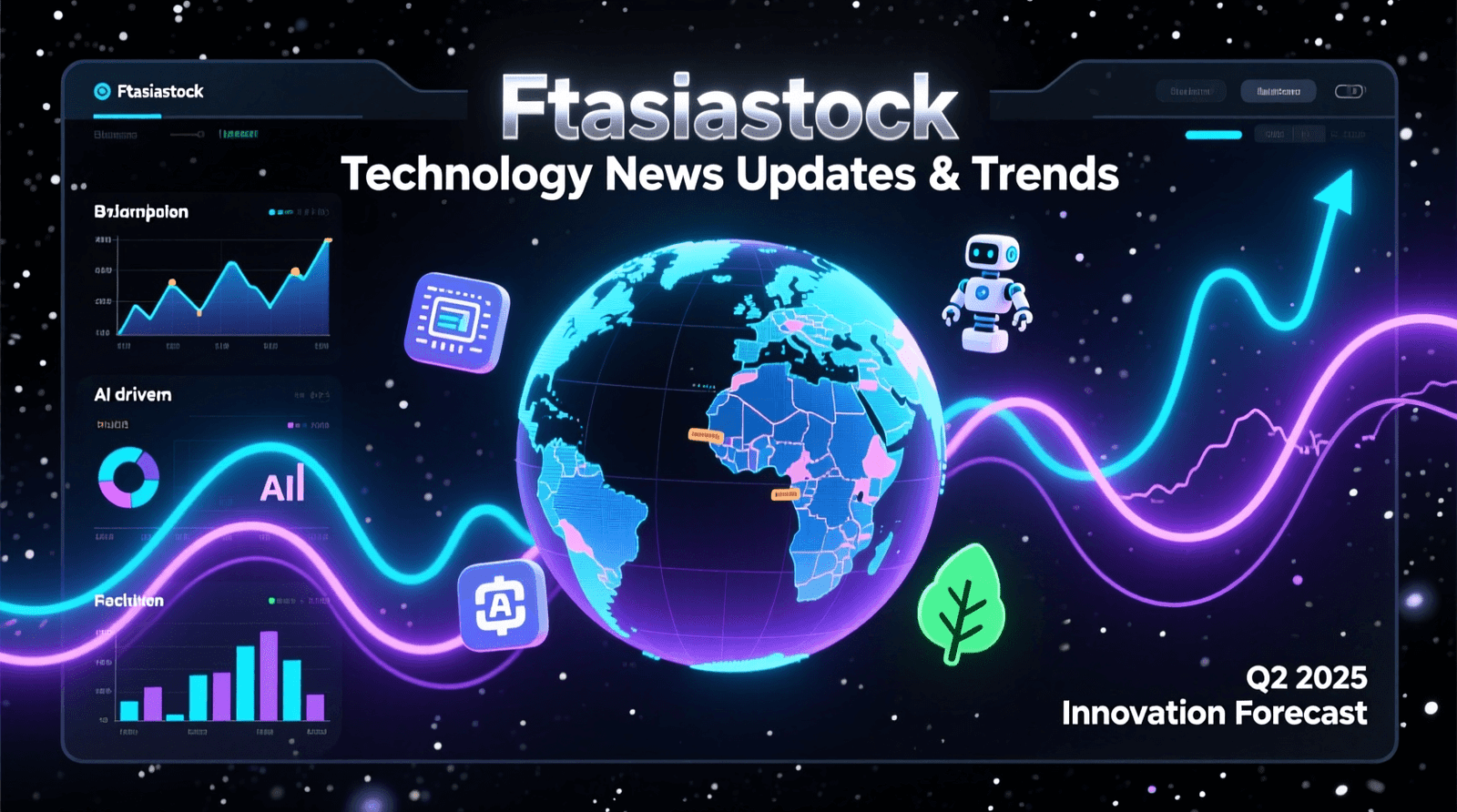The logistics industry has undergone a dramatic transformation since the turn of the century. The 2000s marked the beginning of a technological revolution that reshaped the way goods are transported, tracked, and delivered across the globe. From the integration of advanced digital tools to the rise of automation and data-driven decision-making, logistics technology has set new benchmarks for efficiency, transparency, and speed. This article delves into the key advancements in logistics technology that have emerged over the past two decades.
The Rise of Automation in Logistics
Automation has been one of the most significant developments in logistics technology during the 2000s. From warehouse operations to supply chain management, automation has streamlined processes, reduced costs, and minimized human error. The introduction of automated guided vehicles (AGVs), robotic picking systems, and conveyor belt sorting mechanisms has transformed warehouses into hubs of efficiency.
These advancements have enabled faster order processing, better inventory management, and more accurate fulfillment. Companies like Amazon have pioneered the use of robotics in logistics, setting the standard for automated systems that are now being adopted worldwide. Automation has also played a crucial role in last-mile delivery, with innovations such as drone delivery and autonomous delivery vehicles emerging as game-changers.
The Digitalization of Supply Chains
The 2000s saw the digital transformation of supply chains, making them more connected and transparent than ever before. Cloud-based platforms and enterprise resource planning (ERP) systems became the backbone of modern logistics, enabling real-time data sharing and collaboration across stakeholders.
Digitalization has also improved visibility in the supply chain, allowing companies to monitor shipments, track inventory levels, and forecast demand more accurately. Technologies such as radio-frequency identification (RFID) and Internet of Things (IoT) devices have made it possible to collect and analyze data at every stage of the supply chain, ensuring timely deliveries and reducing inefficiencies.
Emergence of Artificial Intelligence and Machine Learning
Artificial intelligence (AI) and machine learning (ML) have had a profound impact on logistics technology in the 2000s. These technologies are being used to optimize routing, predict demand, and improve decision-making across supply chains. AI-powered algorithms analyze historical data and real-time information to recommend the most efficient routes for transportation, reducing fuel costs and delivery times.

Machine learning models are also being employed to anticipate supply chain disruptions, enabling companies to respond proactively. For instance, AI is used to predict weather patterns, traffic conditions, and port delays, ensuring that shipments reach their destinations on time. These advancements have made logistics more agile and adaptive in an increasingly complex global marketplace.
Advances in Tracking and Monitoring
The ability to track and monitor shipments in real-time has become a cornerstone of modern logistics, thanks to the technological strides made in the 2000s. GPS tracking systems, RFID tags, and IoT sensors have enabled companies to provide end-to-end visibility of goods in transit. Customers now have access to detailed updates on their shipments, enhancing transparency and trust.
These tracking technologies have also improved security by allowing companies to monitor the condition of goods during transportation. For example, temperature sensors ensure that perishable items are stored under optimal conditions, reducing the risk of spoilage. The ability to track and monitor shipments has made logistics more reliable and customer-centric.
The Growth of E-Commerce and Its Impact on Logistics
The explosive growth of e-commerce in the 2000s has had a profound impact on logistics technology. Companies had to adapt to the increasing demand for faster deliveries, leading to the development of sophisticated fulfillment centers and last-mile delivery solutions. E-commerce giants like Amazon and Alibaba have set new benchmarks for logistics efficiency, pushing the industry to adopt innovative technologies to meet customer expectations.
Same-day and next-day delivery services have become standard, thanks to advancements in route optimization, automated warehouses, and real-time inventory management. The integration of technology has allowed logistics providers to handle the high volume of e-commerce shipments while maintaining speed and accuracy.
Blockchain Technology in Logistics
Blockchain technology emerged in the late 2000s as a revolutionary tool for improving transparency and security in logistics. By creating a decentralized and immutable ledger, blockchain ensures that every transaction in the supply chain is recorded and verified. This technology has been particularly useful in combating fraud, reducing paperwork, and streamlining customs processes.
Blockchain has also enhanced trust between supply chain partners by providing a single source of truth for all transactions. Companies can track the origin and journey of goods with complete transparency, making it easier to ensure compliance with regulations and ethical sourcing practices.
Sustainability and Green Logistics
The 2000s witnessed a growing emphasis on sustainability in logistics, driven by advancements in green technology. Electric vehicles, hybrid trucks, and alternative fuels have become increasingly common, reducing the carbon footprint of transportation. Companies are also investing in energy-efficient warehouses and adopting practices like reverse logistics to minimize waste.
Technology has played a crucial role in promoting sustainability by enabling better route optimization, reducing idle times, and encouraging the use of renewable energy sources. The integration of green logistics practices has not only benefited the environment but also enhanced the reputation of companies committed to sustainability.
Cloud Computing and Big Data Analytics
Cloud computing and big data analytics have revolutionized how logistics companies manage and analyze information. Cloud-based platforms provide a centralized hub for storing and sharing data, enabling seamless communication between stakeholders. These platforms also support advanced analytics, helping companies identify trends, predict demand, and optimize operations.

Big data analytics allows logistics providers to gain insights into customer behavior, seasonal trends, and market fluctuations. These insights are used to make data-driven decisions that enhance efficiency, reduce costs, and improve customer satisfaction. The adoption of cloud computing and big data has made logistics more proactive and responsive to changing demands.
The Integration of 3D Printing
The emergence of 3D printing technology in the 2000s has started to reshape the logistics landscape by reducing the need for traditional manufacturing and shipping processes. Companies can now produce parts and products on demand, eliminating the need for large-scale inventory storage and long-distance transportation.
This technology has been particularly beneficial in industries such as healthcare, aerospace, and automotive, where customized components are often required. By integrating 3D printing into their operations, logistics providers can reduce lead times, lower costs, and enhance flexibility.
Conclusion:
The 2000s have been a transformative period for logistics technology, with advancements in automation, digitalization, AI, and sustainability reshaping the industry. These innovations have made logistics more efficient, transparent, and customer-focused, paving the way for a future driven by technological excellence.
As we continue to embrace emerging technologies, the logistics industry will undoubtedly evolve further, addressing new challenges and creating opportunities for growth. Companies that invest in cutting-edge technologies today will be better equipped to navigate the complexities of tomorrow’s global supply chains.





2 thoughts on “What Has Happened in Logistics Technology in the 2000s?”
Comments are closed.